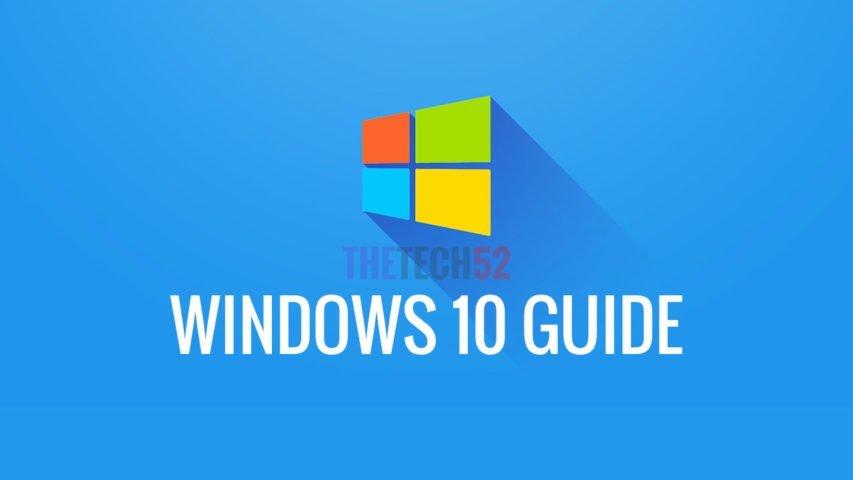Open source software and open source components are extremely useful. They’re usually completely free, and open to use for any purpose—including for business purposes. They also frequently have a dedicated community of developers and followers, who are willing to provide help, feedback, and/or advice when you need it. But there are some weaknesses associated with open source; namely, you’ll need to apply some additional security practices.
One of the best methods to approach open source security is with the help of a software composition analysis (SCA), but how exactly does this work, and does your business really need it?
SCA: The Basics
Software composition analysis (SCA) is a management tool designed to help you manage and analyze the open source components of your product. It will generate a list of each open source component in your products, including both direct and indirect dependencies.
This is helpful for several reasons:
- Full transparency. First, an SCA tool will grant you nearly full transparency into the open source components you’re using. You’ll be able to see an exhaustive list of every open source component in your work, including versions, licenses, compliance issues, and dependencies.
- Cross-compatibility checks. When you’re using many different open source components within the context of a single project, there’s a chance that two or more of those components will be incompatible, or result in complexities that can’t be easily resolved. SCA will help you identify potential compatibility issues before it’s too late.
- Security vulnerability awareness. Perhaps most importantly, this kind of component analysis will help you enforce your security and compliance policies. You’ll be able to evaluate the potential security risks associated with each open source component, and work proactively to address them. Since most open source vulnerabilities are most often found in indirect dependencies, it’s difficult to spot these on your own, or with a manual scan.
- Time savings. You may be able to accomplish the above tasks with a full manual check of all your open source components, but this is highly time consuming, and there’s still no guarantee your work will be free of error. An automated tool like SCA will do the work for you, allowing you to focus on more important tasks.
The Rising Popularity of Open Source
According to the 2019 Open Source Security and Risk Analysis (OSSRA) report, almost 100 percent of application code bases now contain some open source components, representing nearly 60 percent of the code analyzed. Open source is becoming far more popular and widespread, empowering businesses to code, deploy, and form strategies in fundamentally new ways.
If you take advantage of this, you can grow and refine your organization. But you also need to structure your organization differently, and employ new security and transparency measures to make sure you’re using those open source components responsibly. As open source becomes even more popular, SCA tools are going to become even more important.
Is SCA Truly Necessary?
The bottom line here is that for most organizations creating projects with open source components (which is nearly all organizations these days), an SCA tool is practically necessary. While it’s feasible to get by without one, you would ultimately end up wasting time, leaving yourself vulnerable to security flaws, or both.
How to Choose an SCA Tool
The question then becomes, how can you choose the best SCA tool for your organization? For starters, think about your primary needs. Why are you using an SCA tool? What are your biggest priorities as a business, and how will this tool help you accomplish them?
Beyond that, make sure you invest in a tool that features:
- Full language support. Make sure your tool offers support for whichever languages your company is using. Not all SCA tools are designed for universal coverage.
- Automation. SCA tools are helpful because they save you time. Lean on this benefit by choosing a tool with as many built-in automation features as possible.
- Ongoing monitoring and alerts. Your SCA tool should also provide you with ongoing monitoring and automatic alerts when a vulnerability is detected; you should know in real-time when there’s a threat that requires response.
- Methods to remediate vulnerabilities. It’s not enough to simply know that a vulnerability exists; what steps can you take to remediate these vulnerabilities? A good SCA tool will at least point you in the right direction.
- Easy integration. Your software analysis tool should also be easy to integrate into your existing environment, minimizing the disruption to your current workflows.
Software composition analysis (SCA) is already being used by most organizations to keep their projects secure and improve transparency. And as open source components continue to become more popular and widespread, these tools are going to become even more necessary.


